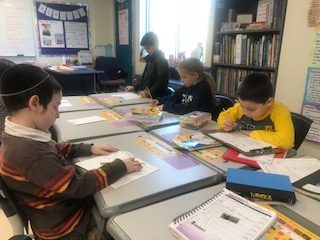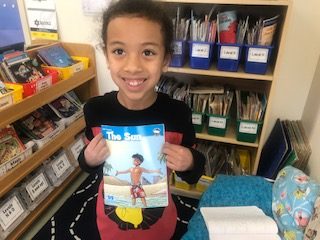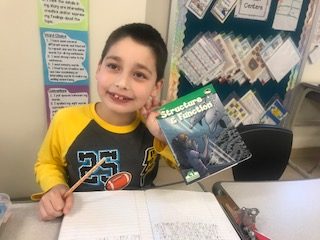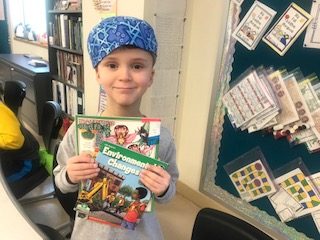Week 22
Project Based Learning, Science, and Writing
The students are taking amazing notes on natural resources as we prepare to write the script for our upcoming news broadcast! The students are starting to become experts on soil, solar power, wind energy, water, and more! This week, we listened to Dr. Seuss’ The Lorax and the students were able to draw deep connections to their science learning. Next week, we will begin to put this information together into meaningful paragraphs and determine if our facts are true, easy to understand, and relevant to our topic.



















Reading
The students worked on reading and summarizing information. I modeled this skill with the biographies we have been reading on people who used their growth mindset to do big things! This week we read about author Zora Neale Hurston, photographer Lorna Simpson, and amazing athletes Dominique Dawes and Florence Joyner. The students also wrote summaries on the Wright Brothers and summaries on facts they had learned about jellyfish. We learned that a summary should only include the most important facts that you read and should be at least five sentences long. We will continue to work on this skill and read more inspiring biographies next week!
Vocabulary
Our next set of words are: Beam, carve, den, lean, odd, proper, scrape, steer, tender, and tense.
Spelling
Next week, we will continue working on when to add “s” or “es” to the end of a word to make it plural. We will review the words guess, sketch, and business because they gave the students quite a challenge this week! The students will also study irregular plurals like man – men, mouse – mice, and moose – moose.
Math
This week we continued to work on efficiently adding three or more numbers. We played games that required the students to add as quickly as they can which encourages the students to look for combinations that make ten and then add the other numbers to the zero. For example if you need to add 9 + 12 + 18 + 11, you can add 9 + 11 first, getting 20 then add 12 + 18, getting 30, then add the 20 and the 30 to make 50. If you add those numbers in order it might take longer and the students often forget to “carry the one” to the tens column. In this unit we will continue working on strategies like this as well as subtraction, multiplication, measurement, and graphing.